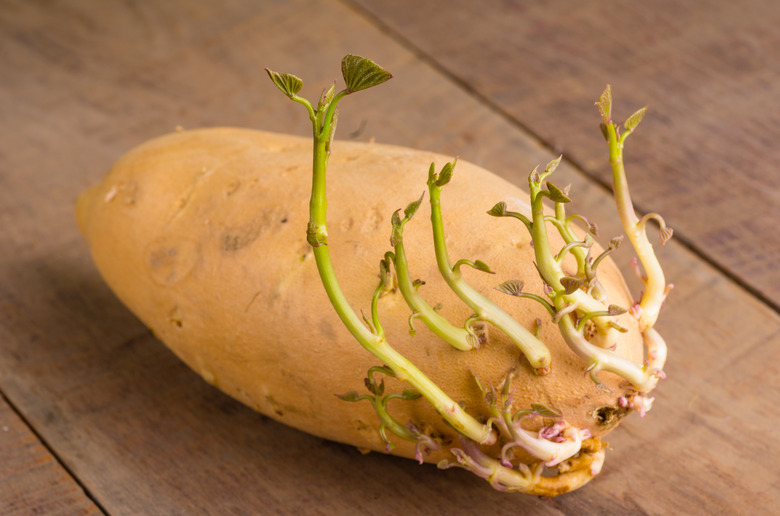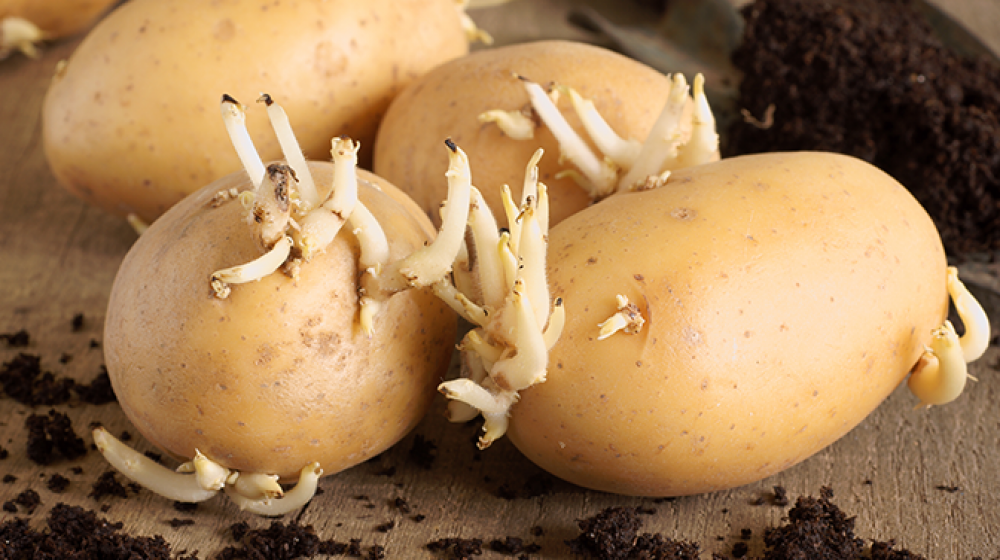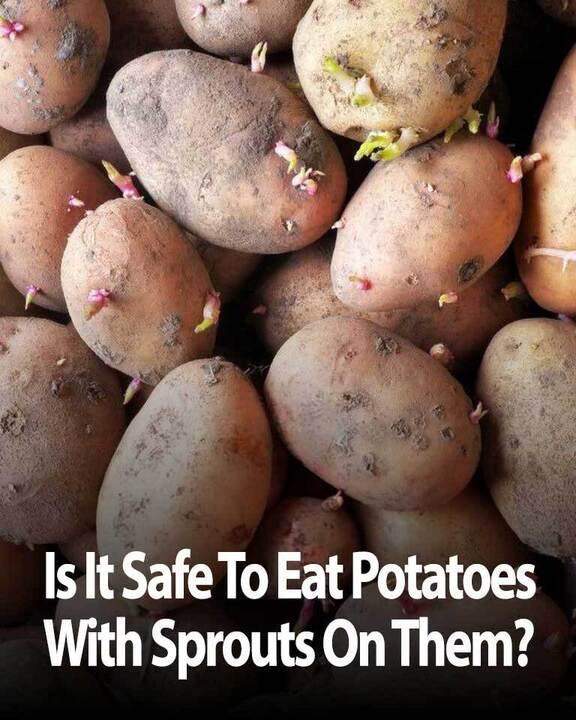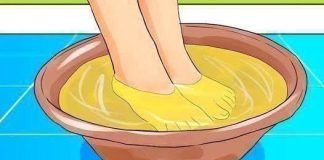Assessing the Safety of Consuming Sprouted Potatoes
Potatoes are a staple in many households due to their versatility and relatively long shelf life. However, when stored improperly or for extended periods, they can develop sprouts, leading to concerns about their safety for consumption. Understanding the implications of sprouting and the associated risks is essential for making informed decisions about whether to consume or discard sprouted potatoes.
The Science Behind Potato Sprouting
Potatoes are tubers that naturally contain glycoalkaloids, primarily solanine and chaconine. These compounds serve as natural defenses against pests and diseases. Under normal conditions, the levels of glycoalkaloids in potatoes are low and not harmful to humans. However, when potatoes are exposed to light, warmth, or physical damage, they can begin to sprout and turn green due to increased chlorophyll production. This greening is often accompanied by a rise in glycoalkaloid concentrations, particularly in the sprouts, eyes, and skin.

Health Risks Associated with Glycoalkaloids
Elevated levels of glycoalkaloids can pose health risks when ingested. Symptoms of glycoalkaloid poisoning include nausea, vomiting, diarrhea, abdominal cramps, and neurological effects such as headaches and dizziness. In severe cases, consumption of high amounts of these toxins can lead to more serious health issues. It’s important to note that cooking methods like boiling, baking, or frying do not effectively reduce glycoalkaloid levels, making it crucial to assess the condition of the potato before consumption.
Evaluating Sprouted Potatoes for Consumption
The safety of consuming sprouted potatoes depends on the extent of sprouting and the overall condition of the tuber:
- Minor Sprouting: If the potato has small sprouts and is firm with no significant greening, it may be safe to consume after removing the sprouts and any green areas. Use a paring knife to excise the sprouts and peel away any discolored skin. Ensure that no green or sprouted parts remain before cooking.
- Extensive Sprouting or Greening: Potatoes that are soft, wrinkled, have long or numerous sprouts, or exhibit significant greening should be discarded. The elevated glycoalkaloid levels in such potatoes increase the risk of toxicity, and it’s not advisable to attempt salvaging them.

Preventing Sprouting and Prolonging Shelf Life
Proper storage practices can minimize sprouting and extend the usability of potatoes:
- Storage Environment: Keep potatoes in a cool, dry, and dark place with good ventilation. Ideal storage temperatures range between 45°F to 55°F (7°C to 13°C). Avoid exposure to light, which promotes chlorophyll and glycoalkaloid production.
- Avoid Refrigeration: Storing potatoes in the refrigerator can cause the starches to convert to sugars, leading to undesirable flavors and discoloration during cooking.
Separate from Ethylene-Producing Produce: Store potatoes away from fruits like apples, bananas, and onions, which emit ethylene gas that can accelerate sprouting. - Regular Inspection: Periodically check stored potatoes for signs of sprouting or spoilage and remove any affected ones promptly to prevent the spread to others.
Conclusion
While minor sprouting in potatoes doesn’t automatically render them unsafe, it’s essential to carefully assess and prepare them before consumption. By adhering to proper storage methods and promptly addressing any signs of spoilage, you can enjoy potatoes safely and reduce the risk of glycoalkaloid toxicity. When in doubt, it’s prudent to err on the side of caution and discard potatoes that exhibit significant sprouting or greening.

















